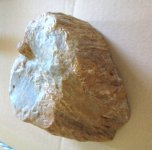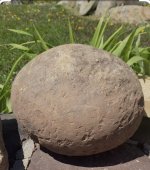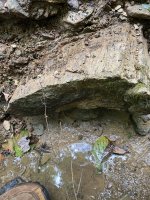Just putting this up for research purposes. The Ais Indians salvaged many of the treasure ships that wrecked along SE Florida from 1500-1625. To date little has been found. I suspect much (if not all) of it lies at the bottom of Fisheating Creek (where they had another mound complex), sacrificed to the moon and sun gods.
[youtube=425,350]BDir_40xp5o[/youtube]
Second half:
[youtube=425,350]UM8n_3hTEjI[/youtube]
[youtube=425,350]BDir_40xp5o[/youtube]
Second half:
[youtube=425,350]UM8n_3hTEjI[/youtube]



 )? The pond is on "District" land. Probably off limits.
)? The pond is on "District" land. Probably off limits.
 They were highly organized. I believe they had to pay tribute to Calusa.
They were highly organized. I believe they had to pay tribute to Calusa.

 Fisheating Creek is now partially owned by the State. I am glad a deal was made with the Lykes Bros., who wanted to develop this beautiful area. I wish I could hear your video.
Fisheating Creek is now partially owned by the State. I am glad a deal was made with the Lykes Bros., who wanted to develop this beautiful area. I wish I could hear your video.  I am still wondering why you singled out Fisheating Creek.
I am still wondering why you singled out Fisheating Creek.



